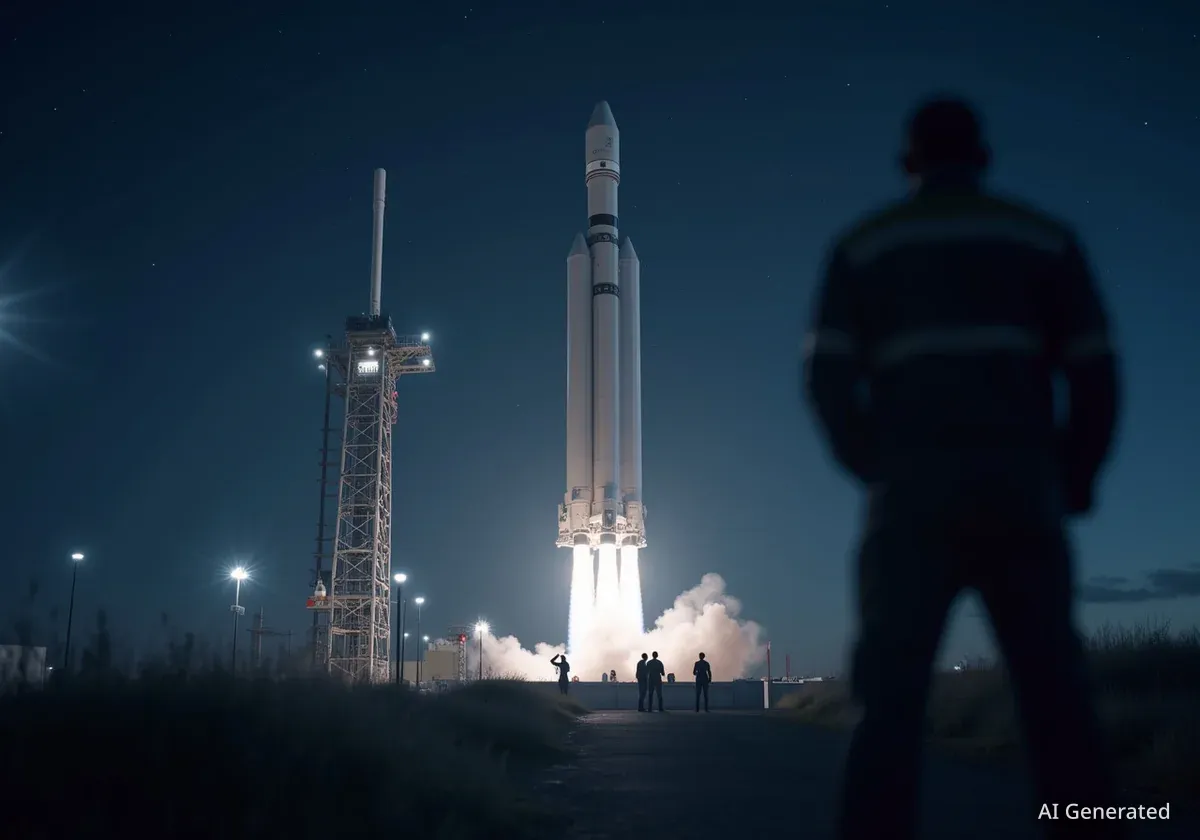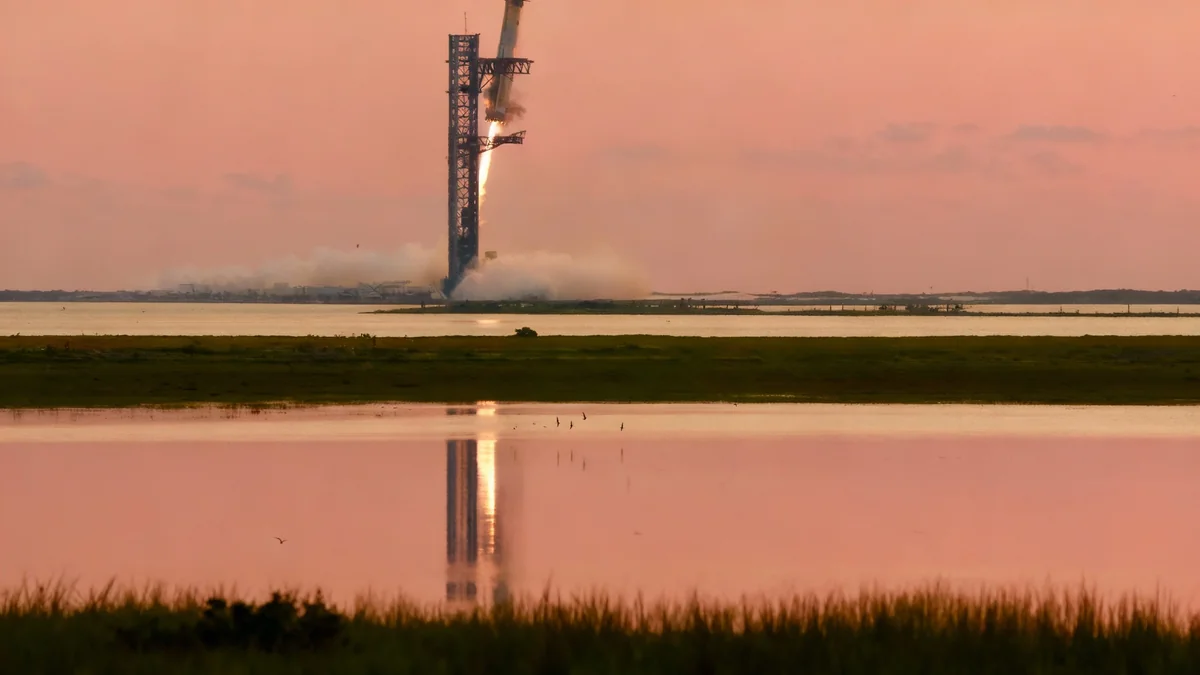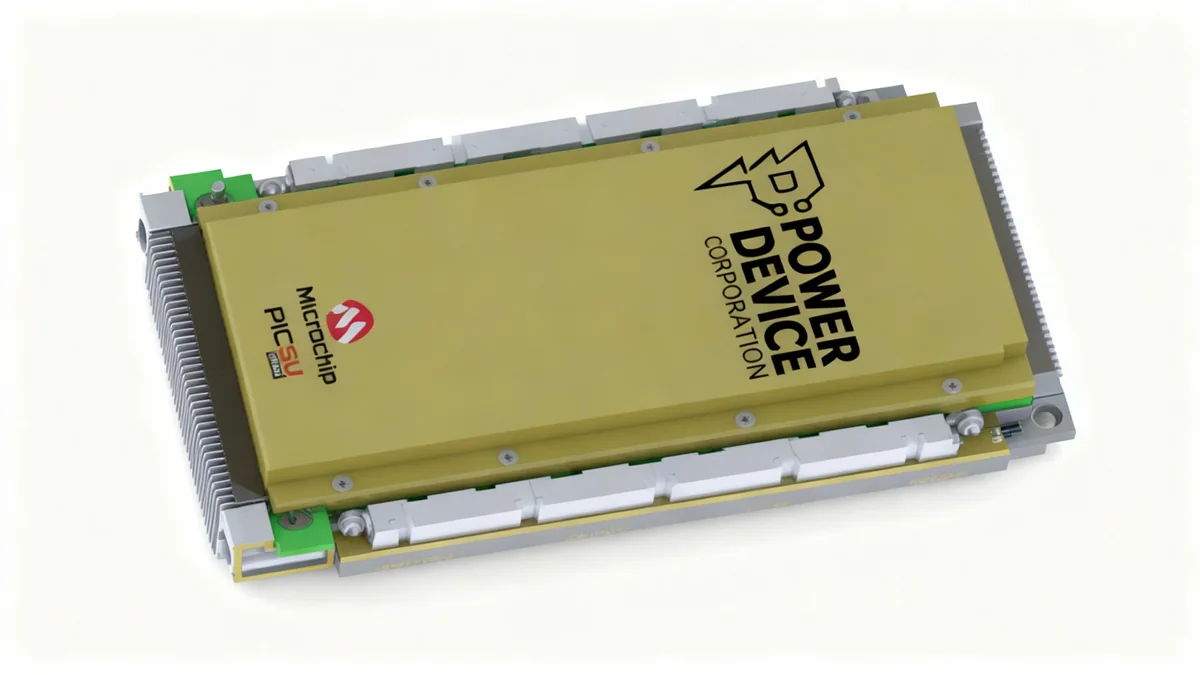Arianespace, a leading launch service provider, is partnering with the startup BULL to combat the growing problem of space debris. The two companies signed a Memorandum of Understanding (MOU) in 2024 to integrate a novel de-orbiting technology onto the Ariane 6 rocket, aiming to ensure rocket stages do not become long-term orbital hazards.
The collaboration will focus on testing BULL's HORN Post Mission Disposal (PMD) device, a large deployable sail designed to speed up the atmospheric re-entry of used rocket components. A successful feasibility study has already been completed, paving the way for a flight demonstration as early as 2027.
Key Takeaways
- Arianespace and BULL signed a Memorandum of Understanding in 2024 to collaborate on space debris mitigation.
- The partnership will test BULL's HORN PMD, a large sail that accelerates the de-orbiting of rocket parts.
- A feasibility study confirmed the HORN device is compatible with the Ariane 6 Dual Launch System (DLS).
- The next phase is a flight demonstration, with potential launch slots being identified from 2027 onwards.
A Strategic Partnership for Orbital Sustainability
The new agreement between Arianespace and BULL marks a significant step toward actively managing the lifecycle of launch vehicle components. The partnership is founded on a mutual commitment to ensuring the long-term sustainability of activities in Earth's orbit.
As the number of satellites and launches increases, so does the risk posed by orbital debris. Used rocket stages, defunct satellites, and fragments from collisions can remain in orbit for decades or even centuries, creating a hazardous environment for active missions. This collaboration directly addresses the creation of new debris from launch operations.
Who Are the Partners?
Arianespace is a European company that provides launch services for all types of satellites. It operates the Ariane and Vega family of rockets and is a key player in the global launch market. BULL is a technology startup focused on developing innovative solutions for space debris mitigation, including Post Mission Disposal systems.
The initial phase of their work involved a feasibility study. This technical assessment confirmed that BULL's HORN PMD device could be successfully installed on the Ariane 6 Dual Launch System (DLS), the upper part of the rocket designed to carry multiple payloads.
Introducing the HORN De-Orbit Sail
The core of the collaboration is the HORN PMD technology developed by BULL. PMD, or Post Mission Disposal, refers to the process of safely removing a spacecraft or rocket stage from orbit after it has completed its mission.
The HORN device is a very large, lightweight sail that deploys from the rocket stage once its primary mission is over. By dramatically increasing the surface area of the object, the sail catches more of the sparse atmospheric particles present even in low Earth orbit. This increased atmospheric drag effectively acts as a brake, causing the object's orbit to decay much faster than it would naturally.
How a Drag Sail Works
Imagine a parachute in space. While the atmosphere is extremely thin at orbital altitudes, it still exerts a tiny amount of drag. For a compact, dense object like a rocket stage, this effect is minimal, allowing it to stay in orbit for a very long time. By deploying a large, low-mass sail, the HORN device multiplies this drag effect, significantly shortening the time it takes for the object to fall back to Earth and burn up safely in the atmosphere.
The Growing Threat of Space Debris
According to the European Space Agency (ESA), there are over 36,500 pieces of debris larger than 10 cm currently being tracked in orbit. The total mass of all human-made objects in orbit is estimated to be over 11,000 tonnes. These objects travel at speeds of up to 28,000 km/h (17,500 mph), making even a small fragment capable of causing catastrophic damage to an operational satellite or spacecraft.
By ensuring a controlled and accelerated de-orbit, the HORN system helps prevent the Ariane 6 upper stage from becoming another piece of long-term space junk, contributing to a cleaner and safer orbital environment.
From Study to Flight Demonstration
With the feasibility study now complete and showing positive results, Arianespace and BULL are moving to the next critical phase: an in-orbit demonstration. The companies will work together to prepare the HORN PMD for an actual flight aboard an Ariane 6 rocket.
The goal is to test the deployment mechanism, the stability of the sail, and its effectiveness in accelerating re-entry under real-world conditions. This demonstration will provide invaluable data to validate the technology for future operational use.
Arianespace is actively identifying available launch slots for this test mission. The current timeline targets a potential flight demonstration beginning in 2027, depending on launch manifests and technical preparations. This proactive schedule highlights the urgency both companies place on implementing sustainable practices.
Arianespace's Broader Commitment to a Clean Space
This partnership is part of Arianespace's wider strategy to lead in responsible space operations. The company's commitment is formalized through several key initiatives and legal obligations.
In 2021, Arianespace became a signatory of the ESA Net Zero Space Agreement. This initiative calls on the space community to take concrete action to avoid the creation of new space debris by 2030. Furthermore, the company operates in compliance with France's Law on Space Operations (FSOA), which sets out stringent requirements for mitigating orbital debris.
“As a historic leader in bringing satellites to orbit and beyond, Arianespace has always been committed to a responsible use of space. This innovative collaboration with BULL, a start-up pioneering solutions to mitigate space debris, showcases Arianespace's dedication to being at the forefront of such critical issues. A sustainable use of space is a priority for us, and we are most keen on pushing forward emerging solutions that further sustainable activities in space.”
By integrating technologies like the HORN PMD, Arianespace aims to make the Ariane 6 launcher one of the most sustainable options on the market. This not only meets regulatory requirements but also responds to growing demand from satellite operators for environmentally conscious launch solutions.
The Future of Post-Mission Disposal
The collaboration between an established industry leader like Arianespace and an agile startup like BULL exemplifies a growing trend in the space sector. As the orbital environment becomes more congested, the need for effective and reliable PMD systems is no longer a niche concern but a fundamental requirement for all future missions.
Technologies like drag sails, tether systems, and dedicated de-orbit engines are becoming essential components of modern spacecraft and rocket design. The successful demonstration of the HORN device on Ariane 6 could set a new standard for launch vehicle sustainability and encourage wider adoption of active debris mitigation measures across the industry.
By taking proactive steps to clean up after themselves, companies like Arianespace and BULL are helping to preserve the orbital environment for future generations of scientific, commercial, and exploratory missions.





